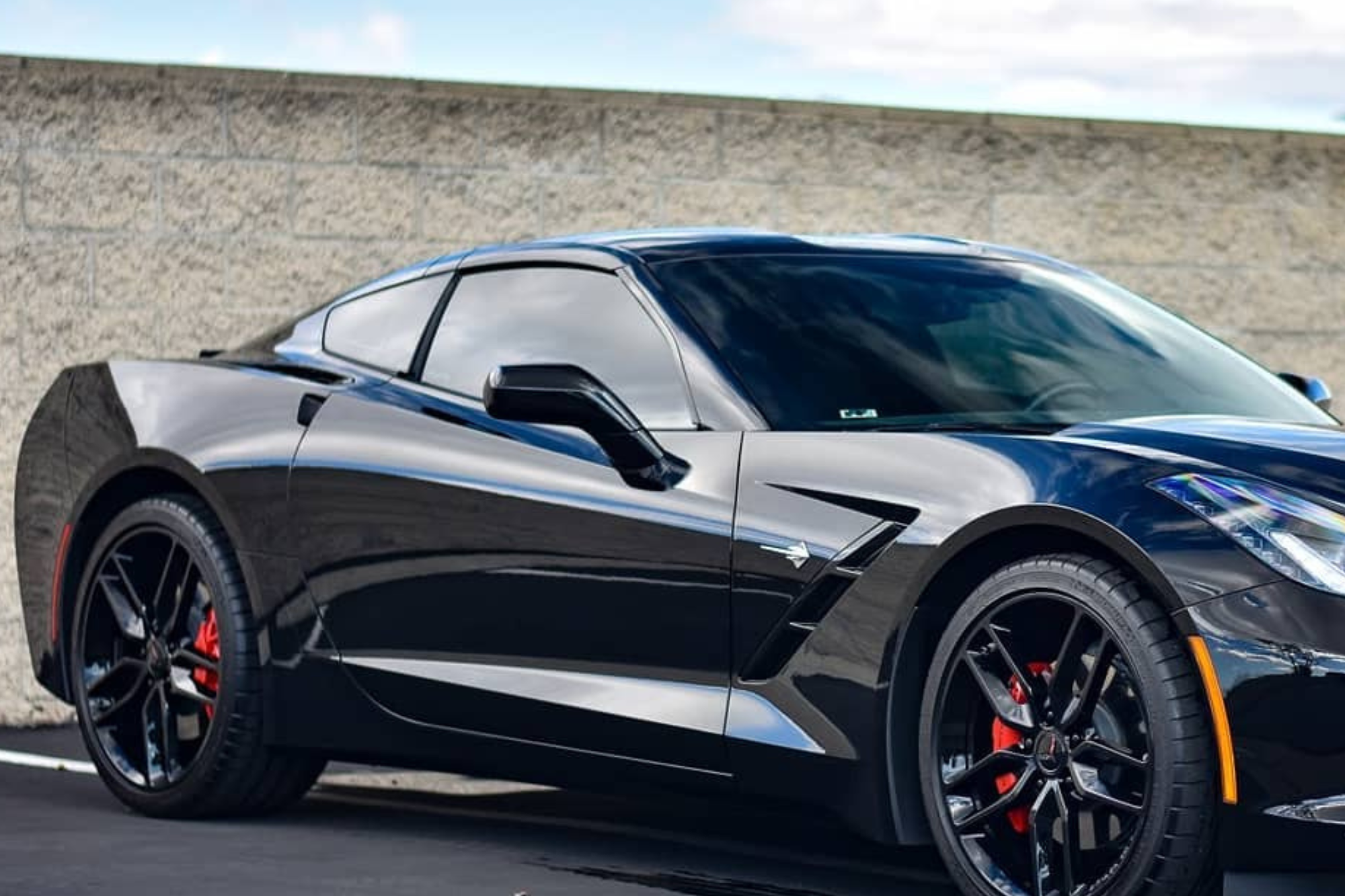Your car’s paint is under constant attack, and UV exposure, abrasive cleaning, and environmental factors are the main culprits causing scratches and fading. Sunlight’s UV rays break down the paint’s chemical bonds, leading to fading and dullness. Using abrasive cleaning materials or harsh household products can damage the paint, leaving it scratched and dull. Environmental factors like pollutants, bird droppings, and even acid rain pose a risk too. It may seem intimidating right now, but by understanding the paint composition and the role of these factors, you’re on your way to preserving your car’s shine. Strap in; there’s more to unpack.
Key Takeaways
- Sun exposure, particularly UV radiation, breaks down paint’s chemical bonds, causing fading and dullness.
- Abrasive cleaning methods using harmful materials or household products can scratch paint and strip its protective layers.
- Environmental factors like pollutants, bird droppings, acid rain, and road debris can degrade paint and contribute to scratches and fading.
- Improper waxing techniques can lead to scratches, swirl marks, and a dull appearance, while removing existing protective wax layers.
- Preventive measures such as parking in shade, using covers, and applying UV-protective wax or sealants can help preserve car paint.
Understanding Car Paint Composition
While you may think of car paint as a simple layer of color, it’s actually a complex system with multiple components. Each layer plays a specific role in the durability, color, and shine of your vehicle’s finish.
The first layer, called the primer, adheres to the car’s metal surface and provides a base for other layers. It’s designed to protect the metal from corrosion and increase the paint’s overall durability.
On top of the primer sits the base coat, which provides the color you see on your car. It’s a highly pigmented layer and is usually quite thin. The base coat doesn’t have any hardeners or strengtheners, which is why it’s susceptible to scratches and fading.
The final layer is the clear coat. This is the layer that gives your car its gloss and shine. It’s designed to protect the base coat from scratches, UV damage, and environmental contaminants.
It’s also the layer that can show swirl marks or ‘spider webbing’ if not cared for properly. Understanding this composition can help you better care for your car’s paint and prevent issues like scratches and fading.
Impact of Sun Exposure
Understanding your car’s paint composition, from the primer to the clear coat, equips you with the knowledge to maintain its shine and prevent damage.
One key factor that brutally affects your car’s paint is sun exposure. Over time, the sun’s UV rays can cause serious harm, leading to fading and dullness. The UV light breaks down the paint’s chemical bonds, causing oxidation and loss of color intensity.
It’s not just the top layer of paint that suffers. UV radiation can penetrate deeper, damaging the underlying layers and causing the paint to crack or flake. This is often seen on the roof, hood, and trunk – areas that receive the most sun exposure.
To combat this, it’s essential to use UV-protective wax or a sealant regularly. For added protection, you may want to consider ceramic coating Riverside. This service provides an additional layer of defense against harsh UV rays, preserving the vibrancy of your car’s paint.
Consider parking in shaded areas or using a car cover when possible. Remember, prevention is better than cure when it comes to preserving your car’s paint job against sun damage.
Regular maintenance not only keeps your car looking fresh but also prolongs its lifespan.
Abrasive Cleaning Methods
Despite taking measures to protect your car’s paint from sun damage, using abrasive cleaning methods can still lead to scratches and dullness. If you’re using old towels, stiff brushes, or low-grade sponges to wash your car, you could be unintentionally damaging the paint.
These materials can trap dirt, grit, and debris, which then scrape against the paint, causing fine scratches. Over time, these scratches accumulate, leading to a dull, worn appearance.
Similarly, household cleaning products are a big no-no. They’re often too harsh for your car’s delicate paint job, stripping away protective layers and causing fading. Instead, you should use car-specific soaps that are designed to be gentle on your vehicle’s finish.
Even the method you use to wash can make a difference. Always start at the top and work your way down. This way, you’re not dragging dirt and grime from the lower parts of your car onto the cleaner upper surfaces, reducing the risk of scratching.
Remember to rinse your sponge or cloth frequently to remove abrasive particles.
Taking a few precautions can prevent countless scratches and keep your car’s paint looking fresh and vibrant.
The Role of Environmental Factors
Beyond the immediate control of your cleaning habits, environmental factors play a significant role in the state of your car’s paint. Sun exposure is the primary culprit, with UV rays breaking down the paint’s molecules, leading to dullness and fading. The more your car is exposed to sunlight, the more damage is done, especially in hot, sunny climates.
Your vehicle is constantly exposed to airborne contaminants in addition to the sun. Pollutants, bird droppings, and even tree sap contain chemicals that can react negatively with your paint, causing discoloration and degradation over time. Acid rain, a result of air pollution, can also lead to the etching and dulling of your car’s finish.
Furthermore, road debris, like gravel, pebbles, or small rocks kicked up by other cars, can cause microscopic scratches that accumulate over time, leading to a rough, faded surface. Utilizing Riverside ceramic coating services can help shield your vehicle’s paint from these contaminants, keeping it looking new and shiny for longer.
The good news is that you can mitigate these environmental effects. Regular washing can remove harmful contaminants before they can inflict damage.
Applying a UV-resistant protective coating, such as a ceramic coating, can also shield your paint from sun damage and road debris.
Consequence of Improper Waxing
While you might believe that waxing your car is straightforward, improper methods can actually cause more harm than good. When not done correctly, waxing can result in swirl marks, blemishes, or even scratches on your vehicle’s paint. These imperfections are caused by particles of dust and dirt being rubbed into the paint during the waxing process.
In addition, using the wrong type of wax or not applying it correctly can cause it to dry out and crack, leading to a dull, faded appearance. This happens when the wax doesn’t properly bond with the paint, creating an uneven finish that can highlight any existing imperfections.
Moreover, if you’re not careful, you could inadvertently strip the existing wax layer, leaving your car’s paint exposed to the elements. This exposure can lead to oxidation, which causes the paint to fade and can even lead to rust.
Finally, improper waxing can also lead to an uneven, blotchy appearance. This happens when the wax isn’t spread evenly or is allowed to dry in patches. Not only does this look unsightly, but it also means that parts of your vehicle’s paint aren’t adequately protected.
Preventive Measures for Paint Protection
Adopting preventive measures is key to effectively protecting your car’s paint from scratches and fading.
Begin by using appropriate cleaning methods. Swap harsh, abrasive materials for gentle, microfiber towels. Avoid washing your car under direct sunlight as heat accelerates chemical reactions that can degrade paint.
Next, familiarize yourself with the types of protective coatings available. Regular applications of wax form a barrier against potential damage. However, for a more robust defense, consider ceramic coating services Riverside. This product provides a durable layer that resists UV damage, environmental pollutants, and minor abrasions, offering long-term protection for your vehicle.
Mind your parking habits. Seek shaded spots or use car covers to shield your vehicle from harmful UV rays. This reduces the risk of paint fading.
Don’t overlook the power of professional services. While DIY methods are helpful, professionals offer expertise in paint correction and protective layer application, ensuring your car gets the best possible care.
In Summary
You’ve now got the scoop on what’s harming your car’s paint, from harsh sun rays to abrasive cleaning. Protecting your ride isn’t just about regular washes but also mindful waxing and shielding from environmental factors. Armed with these insights, you’re ready to take preventive measures and maintain your vehicle’s shine and value. Remember, taking care of your car’s exterior isn’t an option; it’s a necessity. Drive smart and protect your paint with Vaia Design, where protection meets style.


